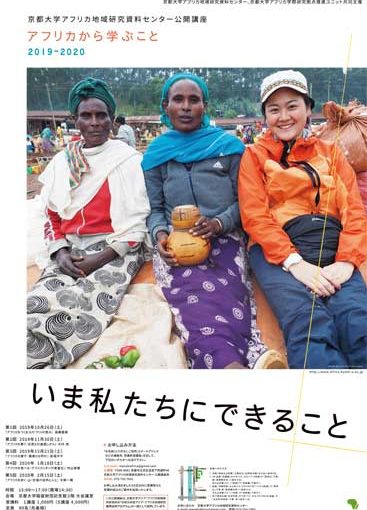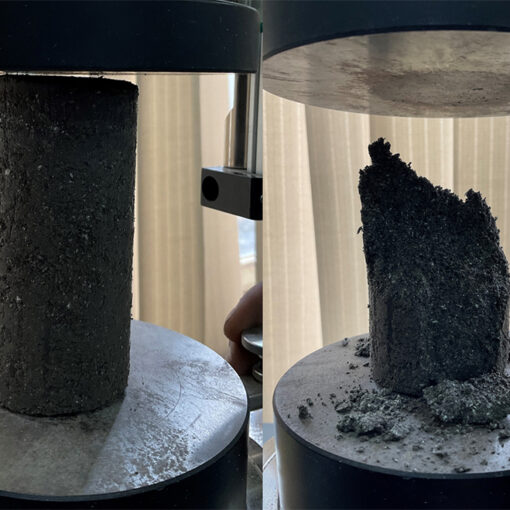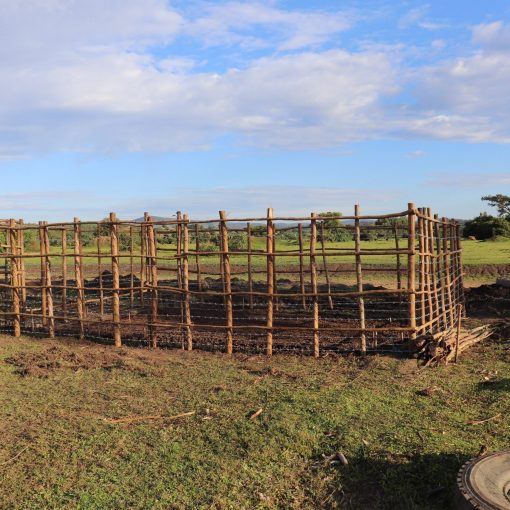This is a discussion between Dr. Yoshinori Fukubayashi (University of Miyazaki) and Dr. Worku Asratie Wubet, Director of Road Research Center, Ethiopia Roads Administration. The moderator is Prof. Masayoshi Shigeta (Kyoto University).
This installment is the third of three.
Discussion on road construction in the project model site (Part 3)
WORKU×FUKUBAYASHI [Moderator: SHIGETA]
After the URRAP and MNGD project

— In Ethiopia, there have been activities for a long time where residents collaborated to construct roads from villages to main roads, and when the graduate student of MNGD Project, Mr. Kassahun surveyed the South Omo Zone, the target of our project, he confirmed that this has been done since about 30 years ago. It seems that Ethiopians tend to actively participate in such activities.
WORKU: Yes, I think people are enjoying themselves in such community activities. They could also replicate it. This project creates a number of jobs. From the engineering aspect, this project will evidently improve soil property. However, further research needs to be conducted on other issues apart from those we have discussed. Otherwise, the initial findings are promising, which means that, this project is successful. As a conventional additive, there is the lime. I wonder how they can be mixed with the black cotton soil to further enhance the findings of this project.
FUKUBAYASHI:Normally, they use equipment, such as backhoes and excavators through manual labor. I also joined this work, and found that black cotton soil is very sticky and difficult to mix. It depends on the moisture content. We first tested black cotton soil in a laboratory and found that it is similar to powder. Even with hydrating lime or other additives, it is easy to mix and add the water. In the field, however, we cannot do that.
WORKU: The attempt to stabilize soil using lime is minimal or very limited in Ethiopia due to the high cost of lime. We sometimes use it in asphalt concrete mixes as a filler. Your objective is to make it very labor based?
FUKUBAYASHI:Yes, we could say it is community-based.
WORKU:Opening up more employment opportunities for the community, this aspect is one of the outputs of this research. In and around Jinka area, the suitable period for onsite mixing might be an issue of consideration. Most of the periods are hot and sunny. Is it also possible to make this mix off-site?

FUKUBAYASHI:Yes, we created the mixed soil in the lab then brought it to the road section.
WORKU:Yes, that is an option. Even in that area, you can allocate a section for mixing in 30 or 40 m.
FUKUBAYASHI:The method is also a part of the research. It is a very practical aspect, but the mixing method should be first identified. Otherwise, a product will be just a product. For a long time, I was thinking that mixing the cement as the conventional additive is determinant in terms of its strength, practicality, and performance.
This is an idea that I have just considered now. We may use only the three experimental sections for comparison. One part could be using conventional additives, then compare it with the others. We should technically examine which case is the best.
WORKU:Yes. In conclusion, it may be very limited, but it provides some indications.
FUKUBAYASHI:Given the time constraint of the MNGD project, it is a last chance to create a experimental field for driving test. In the next phase of collaboration with ERA, we like to continue this type of driving test to check the performance of the new additives.
WORKU:Yes, we want to have such future collaborations. We have ample opportunities within ERA. If needed, we can even provide an office for the project in our Research Center in Addis Ababa.
FUKUBAYASHI: In the research center?
WORKU:Yes, your researchers will have a place to conduct research in our center. In this manner, we can share experiences from the Japanese researchers. Projects can also use our laboratory facilities. If any idea of future collaboration with our center comes up to your mind, please let us know. We can discuss how we can develop the idea how we can make whether high quality highways or community level road could be considered in our future collaborative projects.
END







